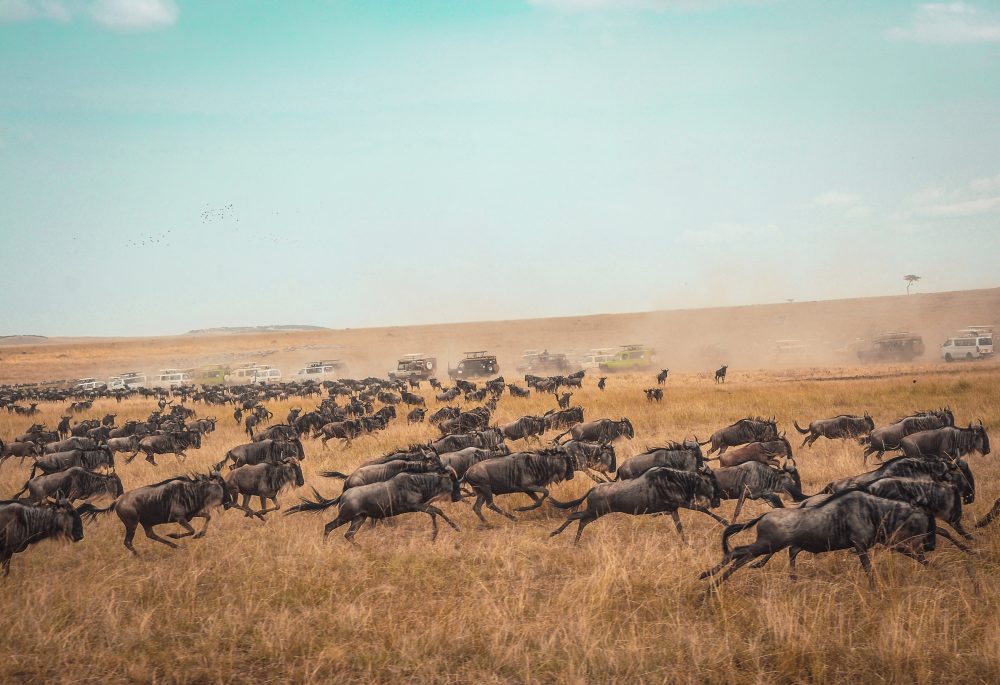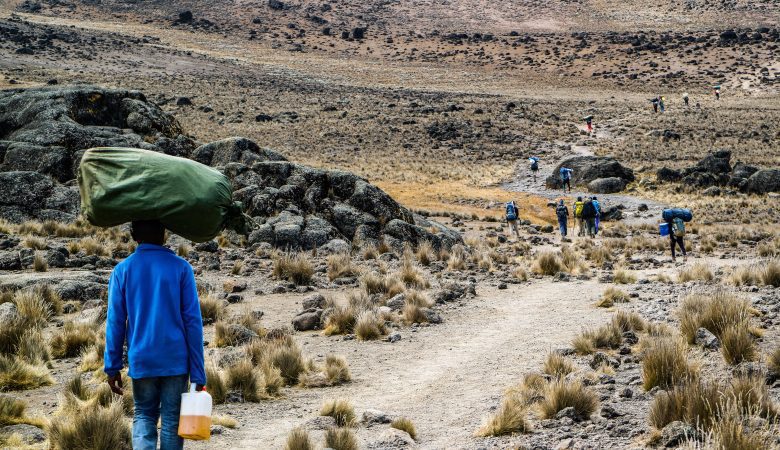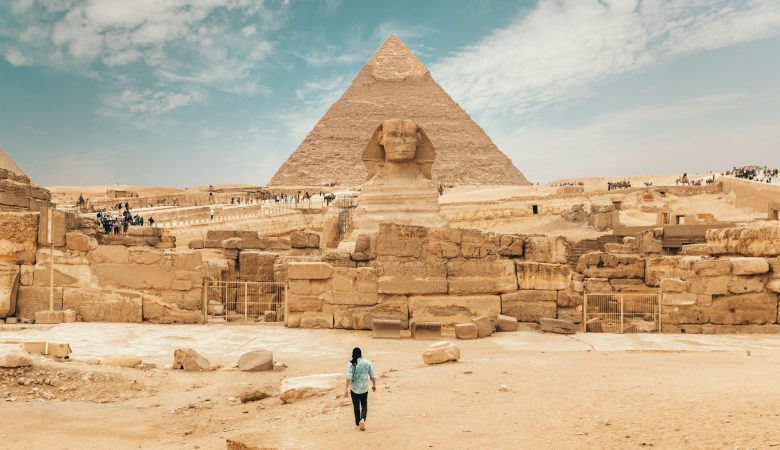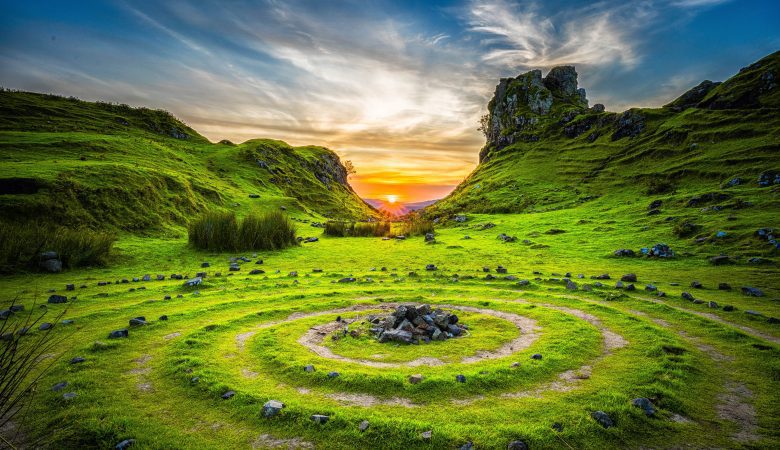Imagine over a million wildebeests, zebras and gazelles embarking on an epic journey of survival. The Great Wildebeest Migration is one of the most incredible spectacles in the natural world that happens every year between Tanzania’s Serengeti National Park and Kenya’s Maasai Mara National Reserve. This awe-inspiring event attracts thousands of tourists from all over the globe to witness this unforgettable experience. In this blog post, we’ll take you on an adventure through the migration and explore why Maasai Mara is one of the best places to see it happen!
What is the Great Wildebeest Migration?
The Great Wildebeest Migration is an annual natural event that involves the movement of over 1.5 million wildebeests, zebras and gazelles across Tanzania’s Serengeti National Park and Kenya’s Maasai Mara National Reserve. This migration typically occurs between July to October as these animals follow their instincts in search of food, water and breeding grounds.
During this journey, the wildebeests brave treacherous river crossings where many predators such as crocodiles lie waiting for their next meal. The migration also attracts large numbers of tourists who come from all around the world to witness this awe-inspiring spectacle.
Many people wonder what drives these animals on such a perilous journey every year? It is believed that it is purely instinctual behavior passed down through generations. Although humans can predict when the migration will occur, no one can say with certainty why or how it happens.
Witnessing the Great Wildebeest Migration is truly a once-in-a-lifetime experience that leaves visitors speechless and amazed at nature’s incredible resilience and beauty.
The Journey of the Wildebeest
Every year, millions of wildebeest embark on a journey that takes them from the Serengeti National Park in Tanzania to Kenya’s Maasai Mara National Reserve. This journey is known as the Great Wildebeest Migration and is considered one of the most incredible wildlife spectacles on earth.
The journey starts at the end of June when vast herds of wildebeest start moving northwards in search of fresh grazing fields and water sources. As they move, they cross over rivers teeming with crocodiles and hippos, making their way through forests and across open plains.
As July approaches, the herds start crossing over the Grumeti River before heading towards Kenya’s border with Tanzania. The spectacle continues as thousands upon thousands of wildebeest make their way through savannas dotted with acacia trees.
By August, it’s time for them to cross another dangerous river – this time it’s the Mara River. Here too they face danger from hungry crocodiles lying in wait for easy prey. Those who survive make it into Kenya where they will stay until October or November before starting their return journey southward back into Tanzania.
It’s a grueling 800-kilometer round trip that sees these animals cover huge distances every day while facing numerous predators along their migration route. But despite all odds against them, these resilient creatures have been undertaking this same epic trek for centuries – an awe-inspiring feat indeed!
The Maasai Mara National Reserve
The Maasai Mara National Reserve is a vast expanse of land located in southwestern Kenya. It covers an area of about 1,510 square kilometers and is home to various species of wildlife, including lions, elephants, cheetahs, giraffes, zebras and the most iconic animal – wildebeest.
What sets this reserve apart from other national parks in Africa is its impressive diversity of habitats ranging from open grasslands to woodlands and riverine forests. This makes it a perfect destination for adventurous travelers who wish to explore the African wilderness.
While visiting Maasai Mara National Reserve during the Great Wildebeest Migration season (July-October), you will witness one of nature’s most spectacular events as millions of wildebeests cross over from Tanzania into Kenya seeking fresh grazing pastures.
Apart from game drives that offer excellent opportunities for photography and wildlife viewing, visitors can also indulge in cultural experiences by interacting with the Maasai people who live around the reserve.
The Maasai Mara National Reserve offers exceptional safari experiences that are sure to leave you with unforgettable memories.
The Great Wildebeest Migration in numbers
The Great Wildebeest Migration is a natural wonder that has fascinated people for centuries. The sheer numbers of animals moving across vast distances in search of food and water is truly awe-inspiring. The Maasai Mara National Reserve provides an excellent vantage point to witness this spectacle up close.
As we have seen, the migration involves not only wildebeests but also zebras and gazelles. It occurs annually between July and October when the herds cross from Tanzania’s Serengeti plains into Kenya’s Maasai Mara National Reserve.
The numbers are staggering: over 1 million wildebeests, 200,000 zebras, and thousands of gazelles move together as one massive herd covering a distance of approximately 800 kilometers. This journey is fraught with danger as predators like lions and crocodiles lurk nearby waiting for their chance to strike.
Despite these risks, the Great Wildebeest Migration continues year after year, providing a unique opportunity for visitors to witness one of nature’s greatest spectacles firsthand. So if you’re looking for an unforgettable wildlife experience, head on down to Kenya’s Maasai Mara National Reserve during peak season – you won’t be disappointed!








